3 Easy Ways To Propagate Christmas Cactus From Cuttings
Learn how to easily propagate Christmas cactus in soil or water here!
Christmas cacti make a splash in December with their tropical blooms and vibrant green stems. With gorgeous flowers in shades of pink, white, orange and red, they are the best-dressed plant at holiday parties!

A true Christmas cactus is quite rare and can be hard to come by. If you are pining for more of these colorful cacti, consider learning how to propagate your own Christmas cactus cuttings.
There are two easy ways to grow more holiday cacti from stem cuttings. While propagation can take some time, it’s a straightforward process- so easy even novice houseplant enthusiasts can do it!
These methods work for both Thanksgiving cacti and Christmas cacti, which we collectively call holiday cacti.

Did you know? If a leaf segment breaks off your cactus, you can easily root the segment in soil. This is a great way to turn a plant disaster into a brand new cacti!
This post contains affiliate links. If you click through and make a purchase, we make a small commission at no extra cost to you.
What Is A Clade On A Christmas Cactus?
When propagating, it’s helpful to be familiar with a few terms!
Clade: Christmas cactus have fleshy, segmented leaves. A clade is a leaf specific leaf section on a cactus. Looking at your plant, you will see long arching arms consisting of a row of flattened stem segments.
These stem segments have joints where they meet together to form long cactus branches with flower buds at the end of them.
Holiday cactus: In this article, we are using the term holiday cactus to refer to both Thanksgiving cactus and Christmas cactus. Technically Easter cactus can also be included in this category!

Get our full guide to Christmas Cactus care here!
How To Twist Off Stem Segments From Parent Plant
Removing stem segments from your cactus is easy, but you need to make sure you do it in the right spot to ensure the plant cuttings will root.
If you twist off the clade in the wrong spot, you will harm the cutting and it will not grow roots.

Locate where two stem segments meet and gently twist off the clade. We recommend pinching off at least three stem segments at a time, but you can start a new plant with one to three leaf segments.
Study your plant before cutting to remove a clade in a spot that won’t leave your plant looking bare! When given proper care, Christmas cacti are a long-lived plant and taking a few cuttings for plant propagation will not harm the mother plant.
A single segment that falls off can also be propagated in this way.
The Best Time To Propagate Holiday Cactus
For best results, propagate Christmas or Thanksgiving cactus when the plant is not in bloom or setting buds.
If you remove clades in fall when the buds are setting, you will lose flower buds when you twist off the stem segments. You will also want to avoid taking cuttings when the plant is in bloom- for obvious reasons!
The best time to propagate holiday cactus is during the late winter months after the plant has bloomed or in the spring when it is actively growing.
(I have had the best results propagating during the later winter months after our Christmas cactus bloomed in mid-December.)
Tip: Let the plants grow for 6 to 12 months, then share the new, established plants with friends and family the following year- they’ll be delighted to have a blooming holiday cactus to brighten the holiday!
How To Propagate Christmas Cactus From Cuttings
Christmas cactus and Thanksgiving cactus can easily be propagated using the same methods. First, identify healthy clades on your cactus, then twist or snip the cactus right where the two leaf segments intersect.
From here, you’ll choose your method of propagation: water or soil.
Set your propagated leaves in a warm, bright area out of direct sunlight and wait for the plant to grow roots! The roots may take several weeks to develop. You’ll soon be rewarded with white roots that have sprouted on the end of the leaf segment!

Let’s dive into the step-by-step details on how to propagate these long-lived cacti:
Water Propagation Method
Propagating Christmas cactus stem cuttings in water is very easy:
Use a small jar that can hold up the top edges of the clades. A baby food jar works well. Fill the container with a half inch to an inch of water at room temperature. We recommend using a chemical-free, untreated water source.

(Collected rainwater or filtered water work well: learn more here).
Set the jar in a location with bright, indirect light and room temperatures ranging from 65 to 75 degrees.
In about 10-14 days, the plant will have developed roots. Once the roots have developed, transfer the cutting to a small pot with a well-draining Cactus soil mix. Pre-moisten the soil before transplanting the cutting.
Keep this new holiday cactus in the same growing conditions as an established plant: bright indirect light, warm temperatures, and a humidity level of around 55-60%.
(Get more Christmas cactus care tips here).
How To Propagation In Soil
Propagating stem segments in the soil is the most popular method because the clade does not have to be transferred to a new growing medium once the roots develop.
You can root the stem segment right into the soil medium and continue growing the new cactus plant until it is large enough to be re-potted.
One of the downsides to this method is that you cannot see if the roots are forming. But you will not need to transplant the cacti once the roots are formed, either!

Use a potting soil specific to Christmas cacti featuring even amounts of soil, perlite and orchid bark. We have an excellent soil recipe here!
First, take your cutting to propagate a holiday cactus stem cutting in soil. Next, let the cutting dry for 24 hours to stimulate the plant to form a callous. This callous will help prevent rot as the plant grows it’s roots.
If desired, dip the end of the plant in Take Root rooting hormone. This hormone will increase the viability and speed at which your cuttings grow roots!
Next, insert your cutting into moist soil halfway up the first leaf clade.
Tip: Make sure to use quality soil made specifically for holiday cactus. The bottom of the container must have drainage holes for excess water to escape.
Learn all about the differences between Thanksgiving cactus and Christmas cactus here.
How To Care For Cuttings
Your Christmas cactus cutting will thrive if you give it growing conditions. Place the stem roots in bright, indirect light and give them moderately high humidity of about 50-60%.
Regular inside temperatures of about 65-70 degrees Fahrenheit work well. A warm location with bright indirect light is the perfect spot for a cutting to grow roots. Keep the soil evenly moist, but be sure not to over water the plant.
Read our posts on caring for Thanksgiving cacti and Christmas cacti for even more care tips.

Propagating In Air
It may sound magical, but you can actually propagate a Christmas cactus clade in air alone!
Simply break off your clade and place it in a plastic bag with no soil or moisture. Place this bag in a warm area with a humidity level of 50-60%.
In a few weeks, your clade will begin to grow roots!

Why Is My Christmas Cutting Not Growing?
A Christmas cactus cutting may not develop roots if the temperatures are too cool or the humidity level too low.
I have had personal experience with roots failing to grow as several of our clades did not form roots last year. I moved them into the bathroom, where it was warmer and the humidity was higher. Within a week substantial root growth had developed!
You can also try adding root tone to stimulate faster growth.
FAQ’s
We saw tiny roots growing on the cactus clades at around 7-10 days. After 2-3 weeks, you should see substantial root growth.
We have found the fastest way to root Christmas cacti is in water. We have seen roots grow in this rooting medium in as little as 12 days, but growth speed depends on the humidity, warmth, and light of your local growing conditions.
We have found the fastest way to root Christmas cacti is in water. We have seen roots grow in this rooting medium in as little as 12 days, but growth speed depends on the humidity, warmth, and light of your local growing conditions.
Final Thoughts
Both Thanksgiving cactus and Christmas cactus are incredibly easy to propagate from the mother plant. These popular tropical plants are fun to grow and even more fun to share!
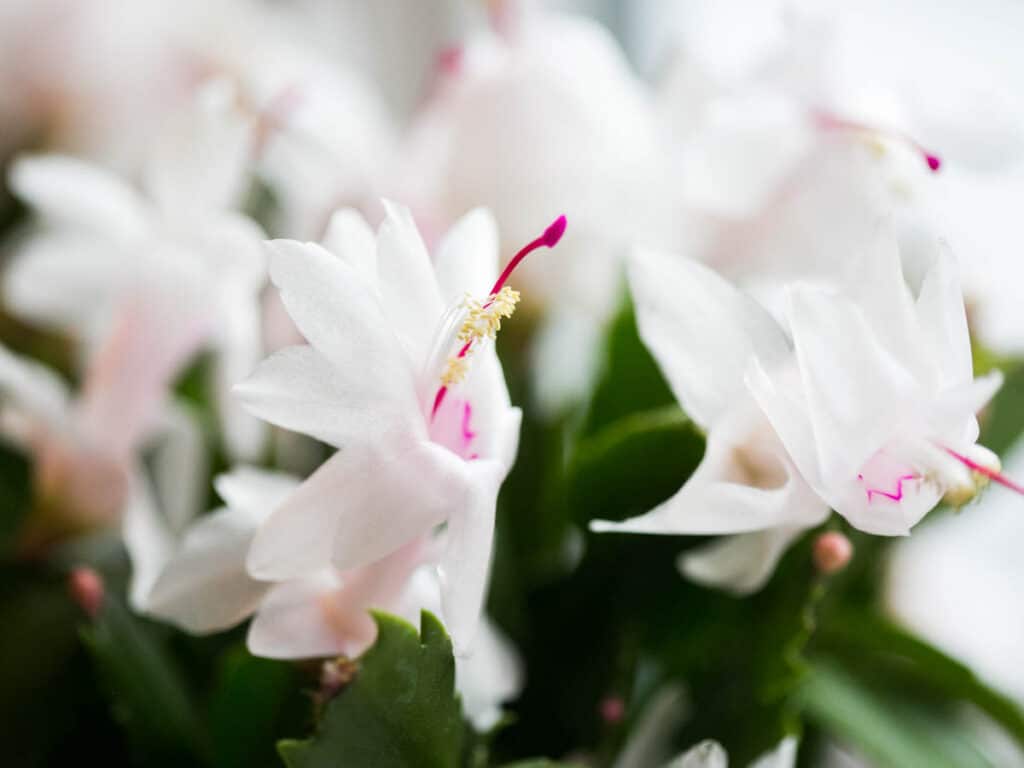
Christmas cacti, especially, can be hard to find, and propagating them is a fun way to spread holiday cheer and gift a rare indoor plant!
Choose to propagate your cacti in either soil or water. Once the plant has rooted, you’ll want to give it proper care with bright light, moderately high humidity, and excellent soil drainage.
In just a few weeks, you’ll have new roots and a brand new plant you can share with friends and family.
I love hearing your comments and personally read and respond to every one. Please feel free to leave your thoughts and questions in the comment box below!
Wishing you a wonderful holiday season full of beautiful blooming cactus! –Jamie

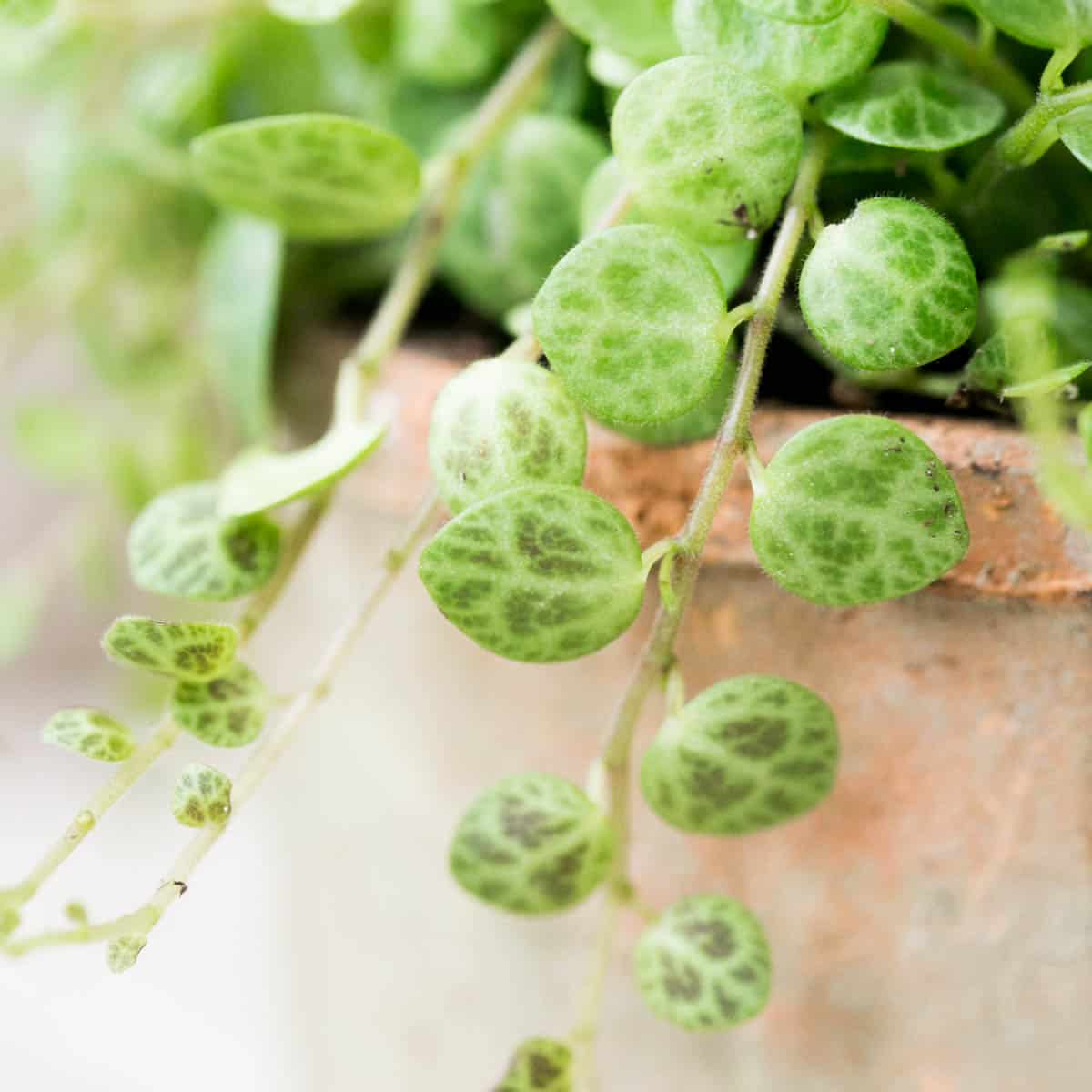
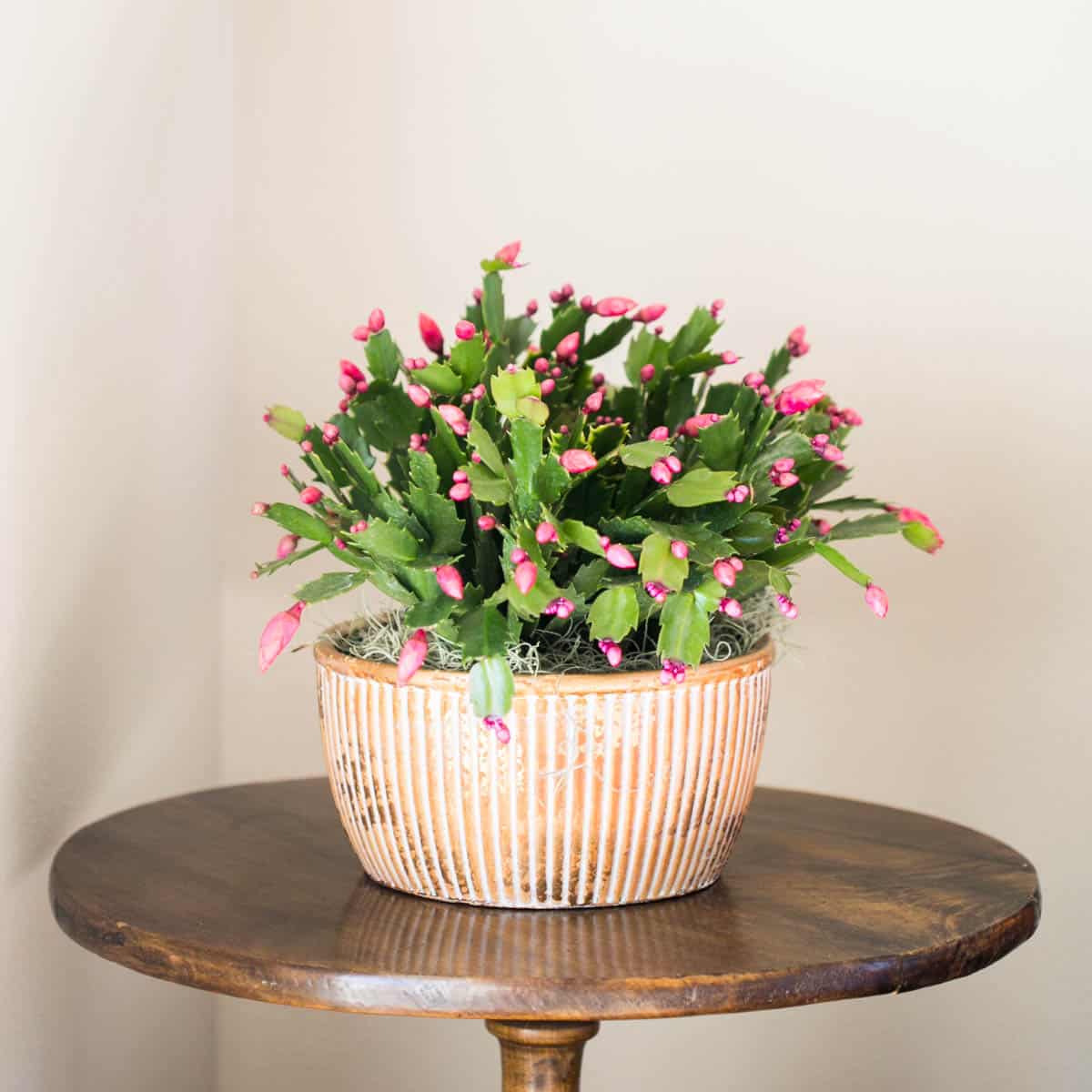
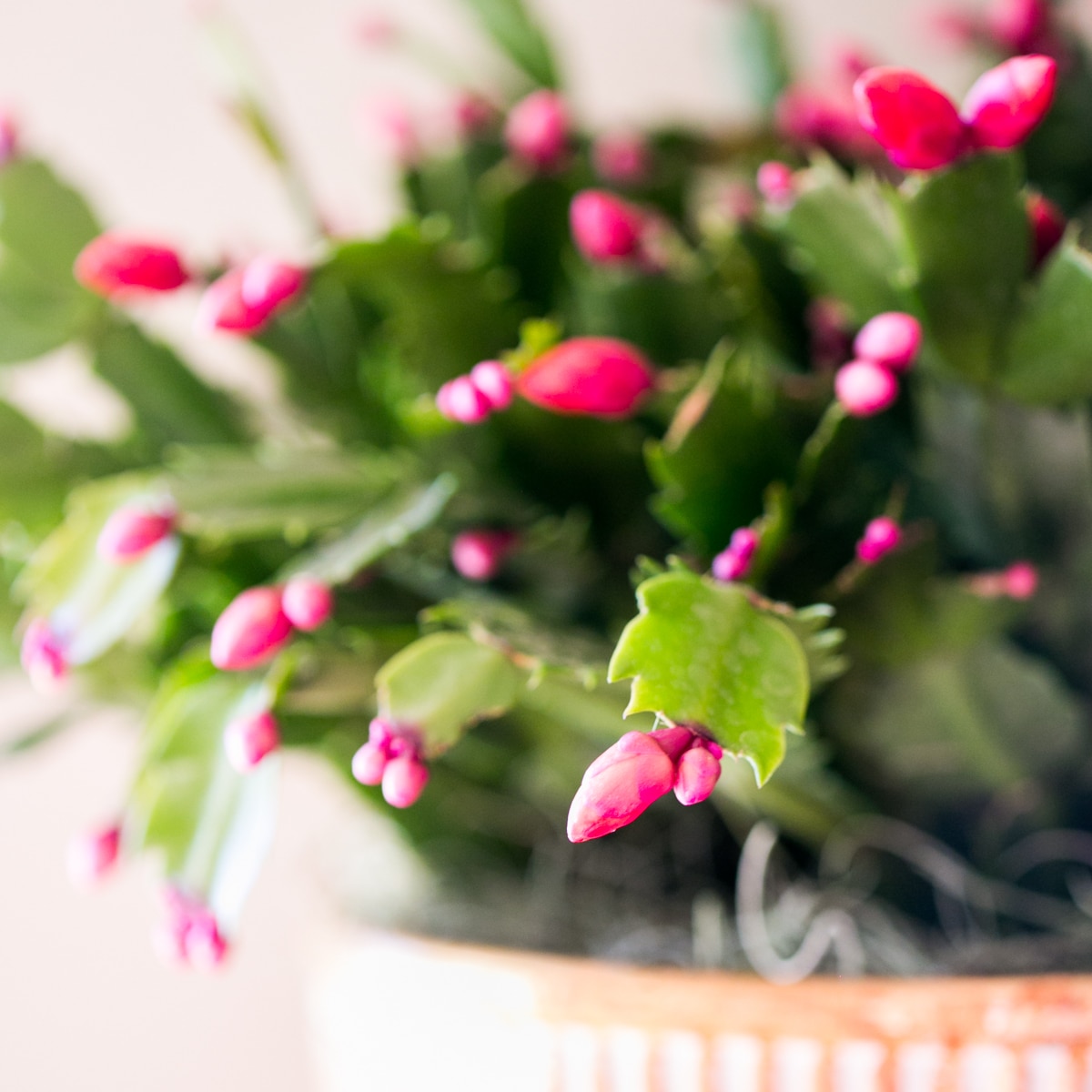
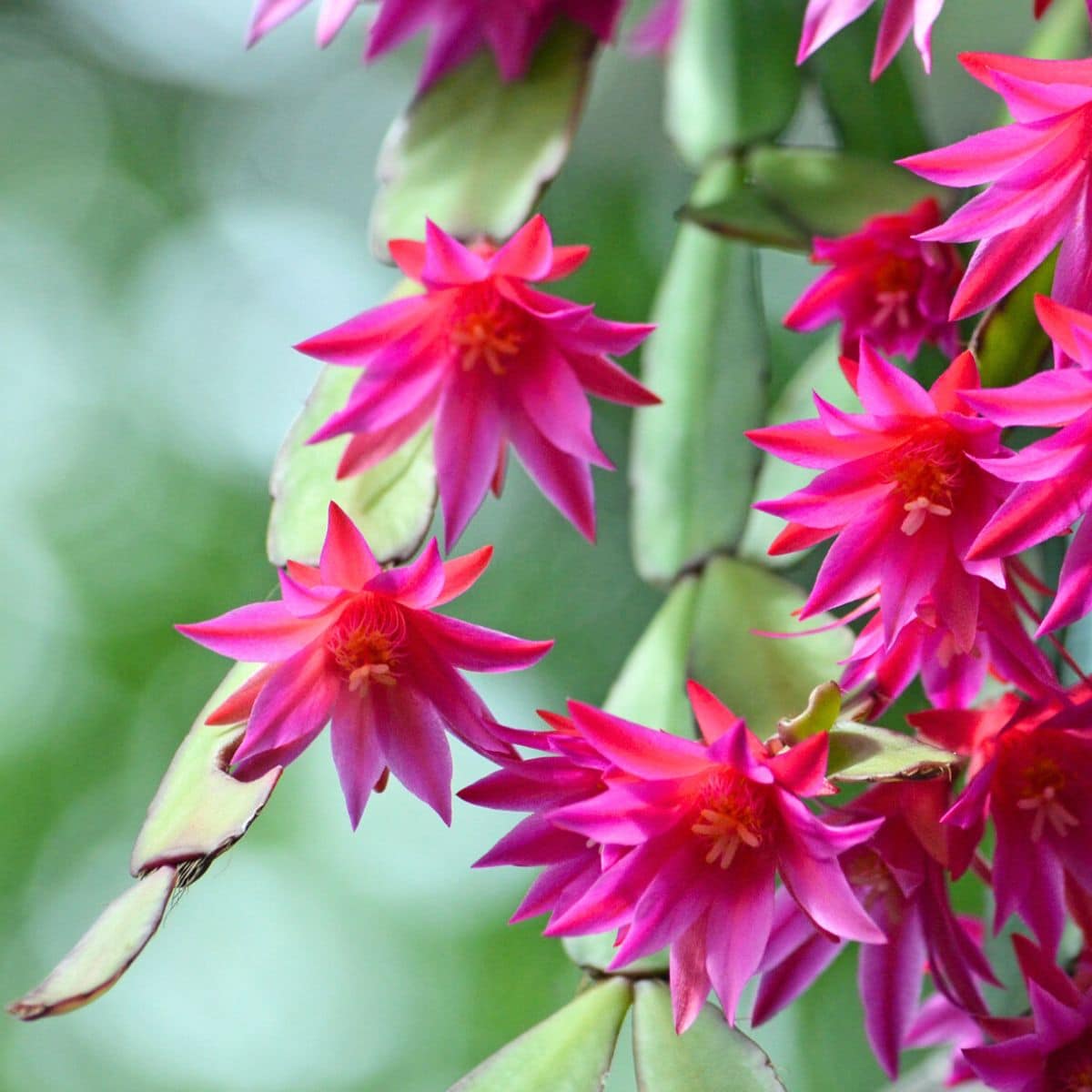

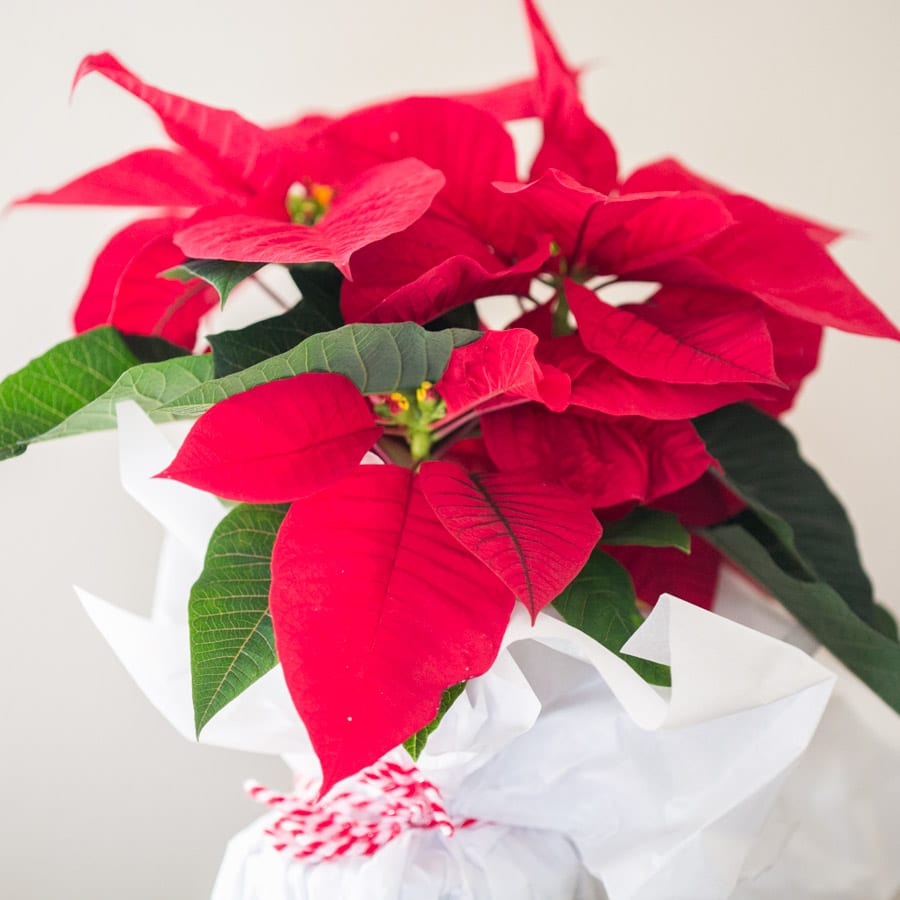
My Mother always had Christmas Cactus and I found them to be Beautiful. After my Mother passed I bought 3 1 inch pots of Christmas Cactus and planted them. I kept 2 of them and gave one to my Father. They bloomed and are so Gorgeous. My Father has now passed and I have the one that I gave him and nursed it back to health. My sister gave me her Christmas Cactus and I’ve never seen such a Beautiful striped cactus before..I found your article very helpful and factual. Thank you very much for your Kindness.
Kind Regards
Kathleen M McMahon
……
Hi Kathleen, that is so wonderful to have kept the tradition alive with the Christmas cactus from your mother. I love that you are able to treasure and take care of your cacti and that they hold a connection to your parents. Thank you for sharing your story and I appreciate your kind feedback on the article. Thank you for stopping by! Hugs-Jamie
I had kalanchoe in Miami for nearly 50 years. Couldn’t kill even one. Same with snake plant/mother-in-law’s tongue. Mother of millions, yes, it grew anywhere. I had dracaenas outdoors, and we discovered that corn plant flowers at 20 years of age and smells like jasmine!.It also grew to 12 feet tall.
Along the way I had the chance to torture other succulents that I loved but weren’t so lucky. Had one little string of pearls plant that died almost as soon as its shadow hit the wall. Had one long-suffering jade plant that took months to die after it made one new leaf. One echeverria, one of each of so many that didn’t love me back. Any other succ I tried preferred to die. I gave up.
Then we moved; a dear friend got very ill and asked me to care for and transplant her years-old Christmas cactus. Its soil is compacted and it needs a larger pot. It has finished blooming, it’s time. But it droops more than arches, I fear, and while its leaves seem healthy, the base of every one of the stems is black and brown and crusty. What is that? My friend survived cancer, but I don’t know if her plant can survive me. It’s outside, We’re near Tampa and I bring it in only for the coldest nights. What can I do for this most treasured plant that won’t kill it?
Hi Michele! It sounds like you have a lot of experience with plants! So if the stems are brown and black I would definitely look at the roots of the plant as their may be root rot setting in. If you can, gently pull out the plant from the container to inspect the roots to see what you are dealing with. And if the soil is compacted, you may want to consider giving it fresh soil specific to holiday cactus: https://greengardencottage.com/best-soil-for-christmas-cactus/